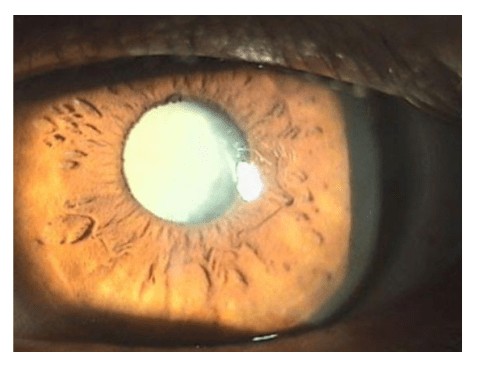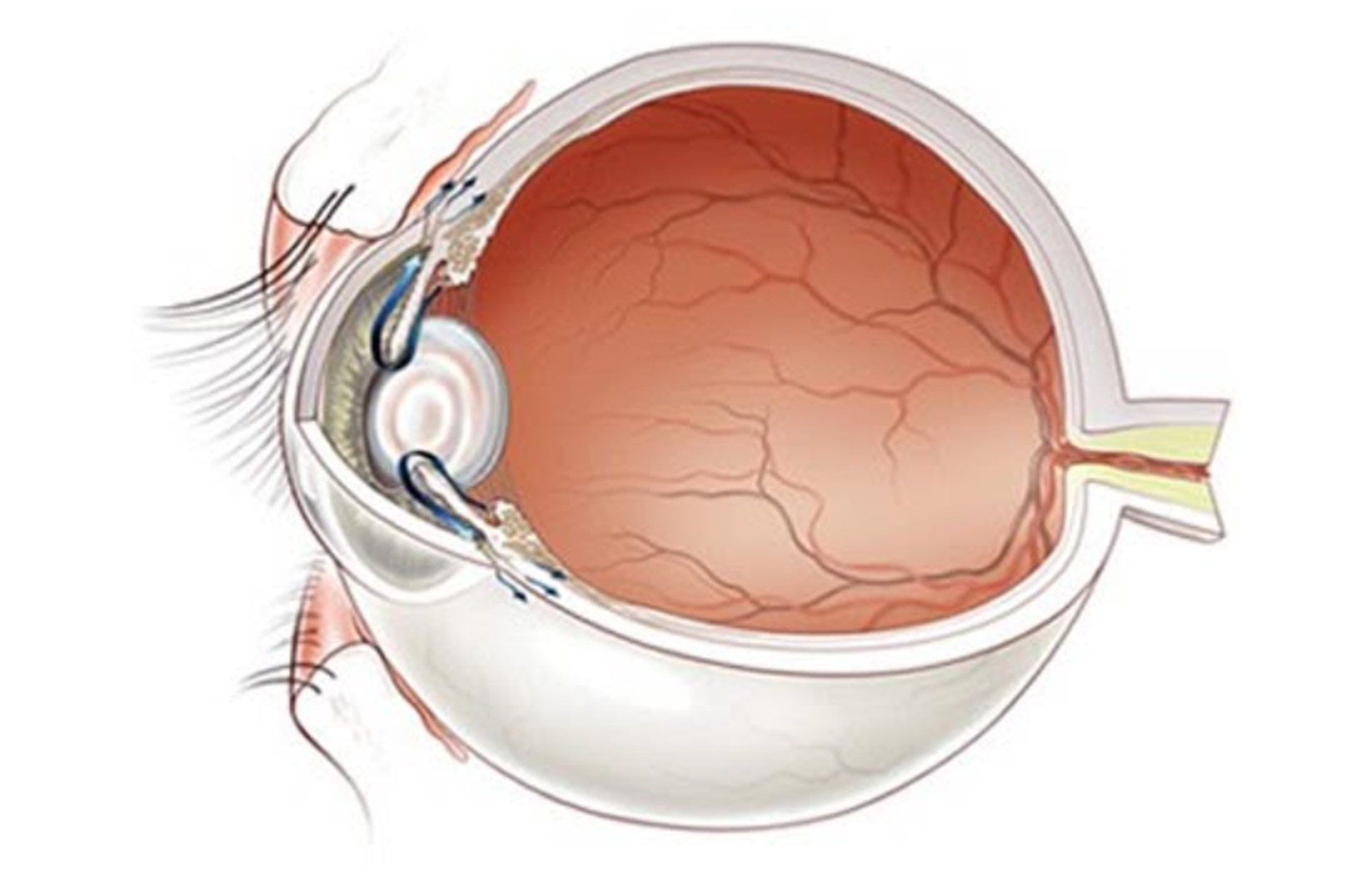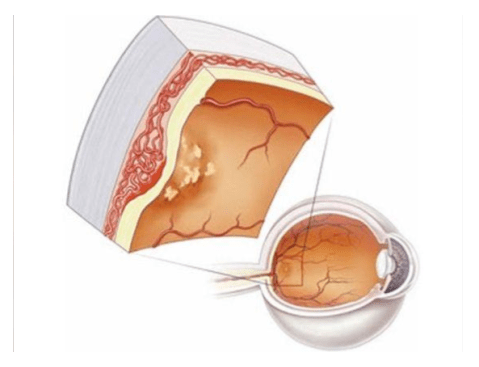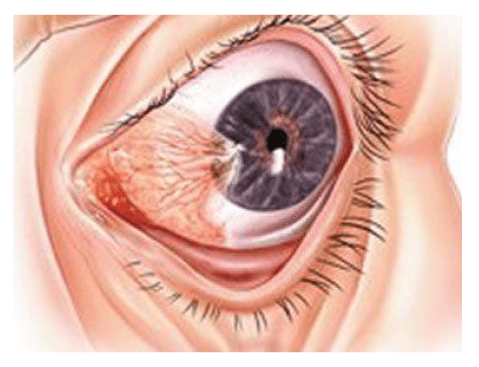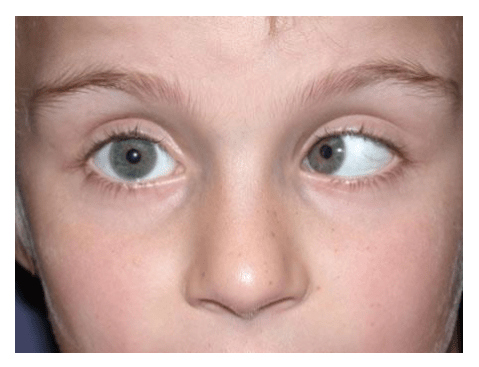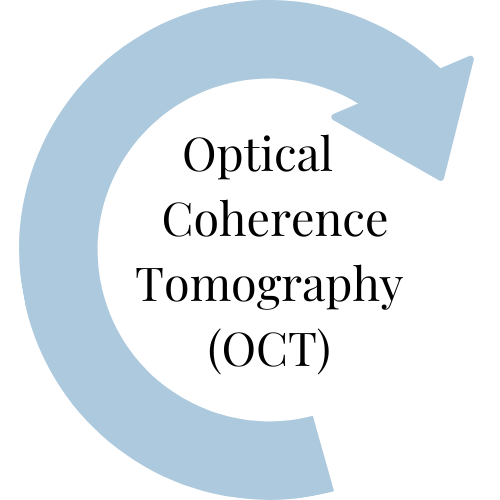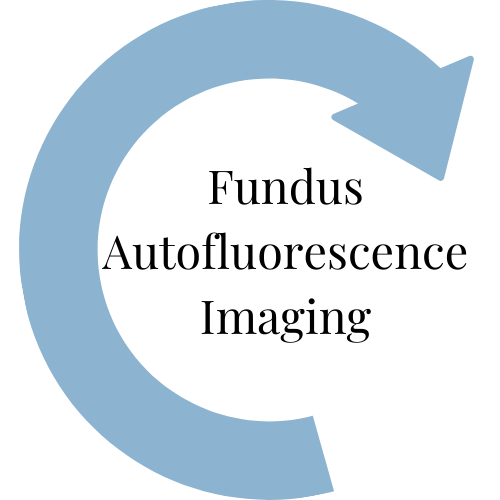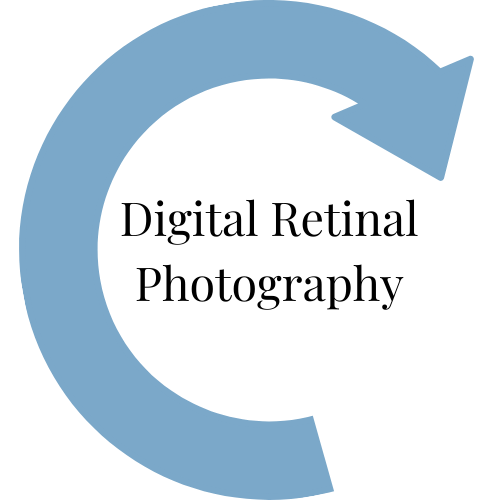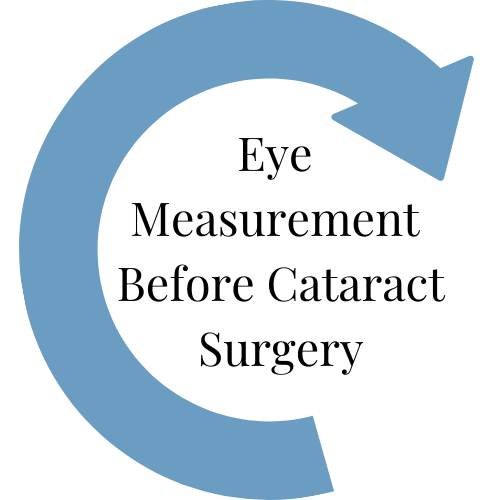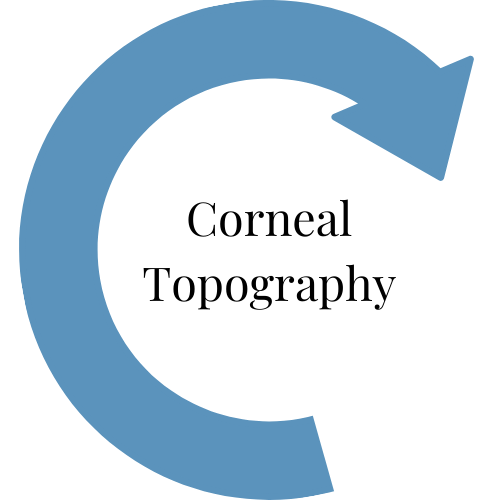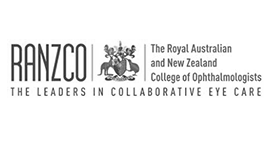Why Choose Us?
It can be easy to modify your activities around increasingly poor vision, but it can also cause increasing problems and limit your life.
At Visionary Eye Specialists, we can solve your Cataract problems and help you re-focus your future.
Doctors
All of our eye specialists are highly-trained in the latest medical and surgical techniques, and are well-respected experts in their fields.
-
Dr Gavin Stringfellow
ButtonCataract Surgery, Glaucoma and General Ophthalmology
-
Dr Leanne Cheung
ButtonCataract Surgery, Lid and Lacrimal Surgery, General Ophthalmology
-
Dr Samuel Dance
ButtonGlaucoma Surgery, Medical Retina, Cataract Surgery, General Ophthalmology
-
Dr Claire Hooper
ButtonMedical Retina, Uveitis and Scleritis
-
Dr Matthew Spargo
ButtonPaediatric Ophthalmology, Strabismus Surgery, Cataract Surgery, General Ophthalmology
-
Dr Carolyn Ross
ButtonPaediatric and General Ophthalmology, Corneal Disease and Cataract Surgery
Eye Conditions
Cataract
Cataract is a word derived from Latin and means ‘waterfall’. It refers to the clouding of the natural lens inside the eye.
When cataracts are very advanced, the vision appears as if you are looking through a waterfall.
The development of cataracts occurs most commonly as an age-related change of the natural lens and is a process that eventually occurs in everyone. However, cataracts can progress at very different rates in different individuals. For most people, age-related cataracts start to develop around the mid-60s with some symptoms usually evident by 70 years of age. The average age to undergo cataract surgery in Australia is 76.
Cataract surgery is performed as a day-only procedure in a hospital. The procedure is comfortable and well-tolerated.
Cataract surgery is performed as a day-only procedure in a hospital. The procedure is comfortable and well-tolerated
-
City skyline
Photo By: John DoeButton
Glaucoma
Glaucoma is the name given to a group of eye diseases, all of which have in common damage to the optic nerve in the back of the eye. Elevated pressure inside the eye is the most frequent risk factor for glaucoma development, although a small percentage of eyes will develop glaucoma with normal eye pressure.
Glaucoma treatment is aimed at lowering the eye pressure to prevent further glaucomatous damage to the optic nerve. This can be achieved by different methods including eyedrops, laser treatment, insertion of stents (minimally invasive glaucoma surgery) or glaucoma filtration surgery. These procedures are performed in the office or at day surgery
Macular Degeneration
Macular degeneration is a common eye condition that refers to the deterioration of the macula, the important central part of the retina in the back of the eye (see diagram). Although there are rare forms of macular degeneration that can occur in young people (usually called macular dystrophy), it is rare to develop macular degeneration before 60 years of age. Most cases of macular degeneration are age-related (AMD). The result of AMD is reduced sight in the centre of the field of vision. Macular degeneration is the commonest cause of visual impairment and blindness in adults in developed countries.
Treatments include dietary changes and high dose vitamin and anti-oxidant supplements, in addition to self-monitoring vision with an Amsler Grid to detect worsening of the macular degeneration.
For some advanced cases of macular degeneration caused by abnormal blood vessel development, (“wet” or “exudative” AMD) anti-VEGF eye injections are given. These are performed in the Procedure Room of our office.
Pterygium
Pterygium is an eye condition that refers to a benign or non-cancerous growth of the conjunctiva, a clear, thin tissue that covers the white part of the eye (sclera). Pterygium may occur in one or both eyes.
A pterygium is usually the result of long term UV (ultraviolet) light exposure. Treatments include sun protection with regular use of wrap-around sunglasses and a hat, to reduce UV exposure, and eye drops for symptomatic relief.
Surgery can be performed to remove the pterygium. This is performed as day surgery.
Eyelid Problems
Eyelid problems usually relate to the eyelid being in an abnormal position or having abnormal growths.
Many of these conditions are age-related, but some can be present from birth or caused by injury or disease.
Common examples include droopy upper eyelids (Ptosis) which block the vision, heavy overhanging upper eyelid skin (Dermatochalasis) blocking vision, droopy lower eyelids (Ectropion) causing watery eyes and irritation, or rolled in lower eyelids (Entropion) causing eyelashes to rub against the eye.
Although eyedrops and ointments can give some relief, treatment usually involves surgical correction of the eyelid. Abnormal growths on the eyelids range from benign (non-cancerous) lumps which can be left alone through to skin cancers such as basal cell or squamous cell carcinomas. which require surgical removal.
Strabismus (Squint)
Strabismus commonly termed as “crossed eyes” is a condition in which both the eyes do not align in the same direction when viewing the objects and thereby do not focus on the same object at a time.
Normally, the muscles surrounding the eyes work together so that both eyes point in the same direction at the same time. Any impairment in the muscular coordination causes strabismus and as a result, each eye may focus on different objects at a time and the brain receives two different images one from each eye which may lead to confusion. Because of multiple inputs, the brain fails to recognize the images viewed by the weaker eye.
Treatments include patching the unaffected eye, to strengthen the vision from the affected eye, in some cases wearing glasses helps and sometimes surgery is required to straighten the eye alignment.
Schedule an Appointment
To schedule an appointment, click below to find our offices and their phone numbers.
Call
We currently have special promotions for procedures. Call (02) 9580 4705 to learn more!









